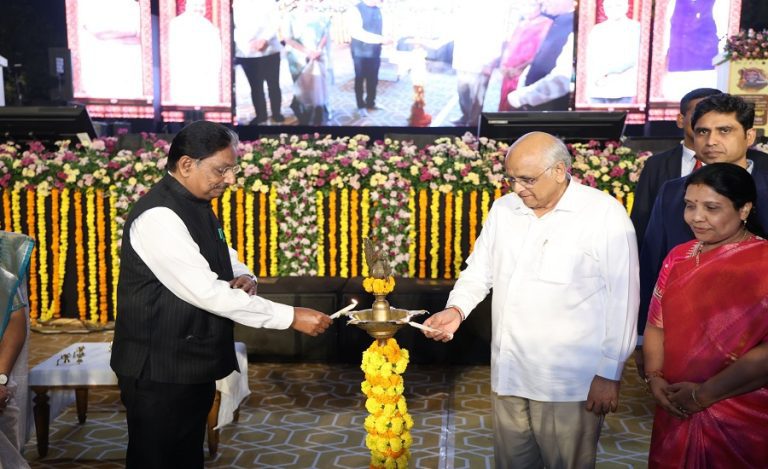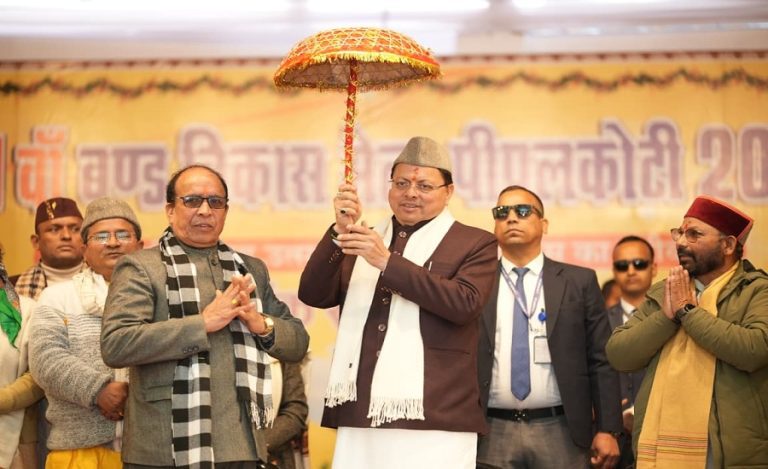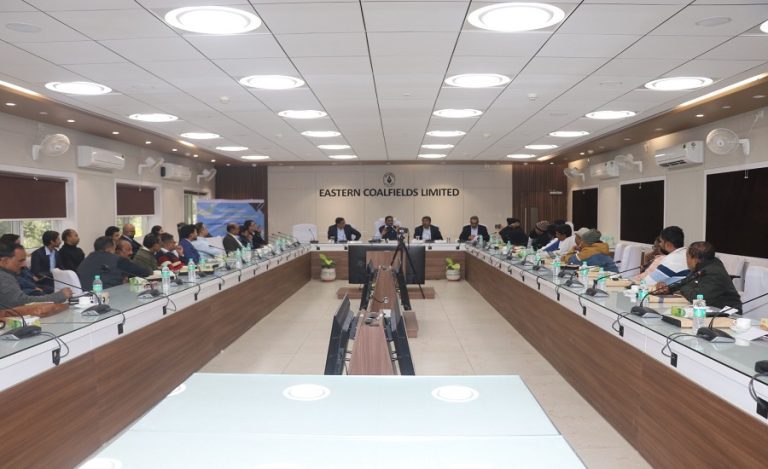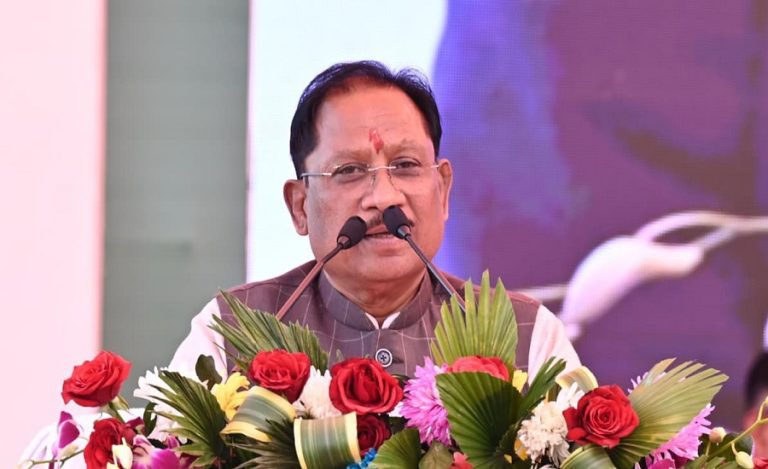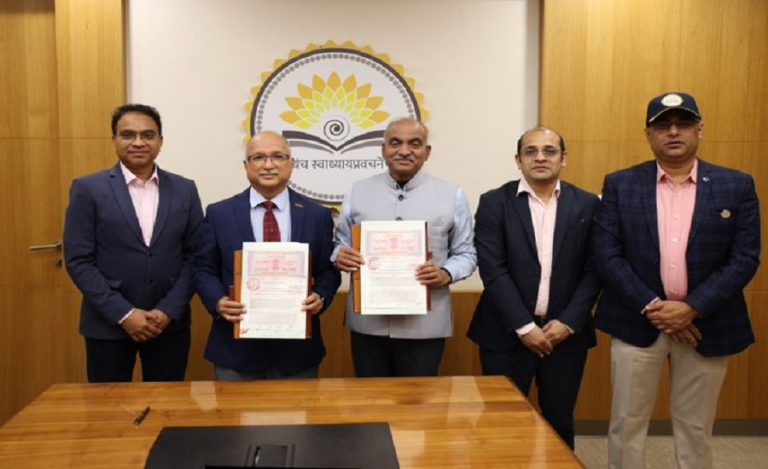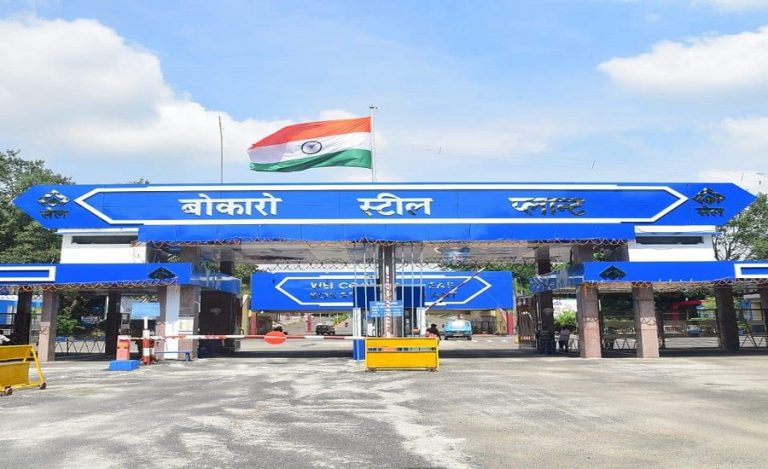Raipur: In a landmark initiative aimed at bridging the connectivity gap in the remote and tribal-dominated regions of Chhattisgarh, the state government under Chief Minister Vishnu Deo Sai has launched the Chief Minister Rural Bus Service (CMRBS). The first phase of the scheme was officially inaugurated by Union Home Minister Amit Shah on October 4 from Jagdalpur, marking a significant milestone in the state’s development efforts.
The launch of this scheme underscores the government’s commitment to ensuring that the remotest corners of the state are integrated into the mainstream through improved access to transport, education, health, and employment opportunities.
Direct Bus Connectivity to 250 Villages Across 11 Districts
As part of the first phase, 34 buses will begin operations across 34 rural routes, directly connecting around 250 villages from 11 districts of the Bastar and Surguja divisions — both known for their significant tribal populations. This is the first time many of these interior villages will have access to direct bus services.
The core aim of the scheme is to establish uninterrupted connectivity between Gram Panchayats and their respective district headquarters, thereby easing access to essential services such as healthcare, education, government facilities, markets, and employment hubs.
“Red Terror Will Soon Be History,” Says Amit Shah
While flagging off the buses, Union Minister Amit Shah emphasized the strategic and developmental significance of the scheme. He declared that “red terrorism” (Maoist insurgency) will soon be eradicated from Bastar and surrounding regions, paving the way for long-lasting peace and prosperity.
He credited the progress to the efforts of the “double engine” government — a reference to the joint cooperation between the central and state governments. According to Shah, such developmental schemes will help bring the tribal and remote regions into the mainstream by addressing their long-standing infrastructural and economic needs.
Empowering Villagers and Boosting Local Economies
An official statement released by the Chhattisgarh government highlighted the multiple benefits of the CMRBS scheme. It emphasized that the new transport system will offer timely, safe, and affordable travel options to villagers, significantly reducing their dependence on private or informal modes of transport and eliminating the need for long-distance foot travel.
The government also added that the scheme is expected to be a “historic step for rural Chhattisgarh”, acting as a catalyst for both social and economic development.
Viability Gap Funding to Support Long-Term Sustainability
To ensure the long-term success of the scheme, the government has also introduced a Viability Gap Funding (VGF) model. This financial assistance will be provided to bus operators to help them sustain operations in these low-profit, rural areas.
The provision of VGF aims to make rural routes financially viable, encouraging more operators to take part in the scheme. This step is also expected to generate local employment opportunities in transportation and allied services.
Part of Broader Strategy to Curb Maoist Influence
The launch of the rural bus service is one of several initiatives the Chhattisgarh government is rolling out in coordination with the Union government to promote peace and development in Maoist-affected areas.
Another key initiative includes the ‘Niyad Nellanar’ (Your Good Village) scheme — an umbrella programme that integrates various welfare schemes and delivers them directly to the villagers in insurgency-affected regions. This scheme has already shown positive results in Bastar, helping improve access to healthcare, education, housing, and social security.
The government has also intensified counter-insurgency efforts, including the establishment of security camps, increased anti-Maoist operations, and the introduction of a lucrative surrender policy to encourage Maoist rebels to lay down arms and reintegrate into society.
Looking Ahead
With the launch of the Chief Minister Rural Bus Service, the Chhattisgarh government has taken a decisive step toward inclusive development and peace-building in its most remote areas. By combining infrastructure development with security and welfare initiatives, the state is gradually transforming its tribal heartland into a zone of opportunity and growth.
As buses begin rolling through villages that have long remained disconnected, residents are hopeful that this initiative will not only improve mobility but also help usher in a new era of stability, prosperity, and integration.


